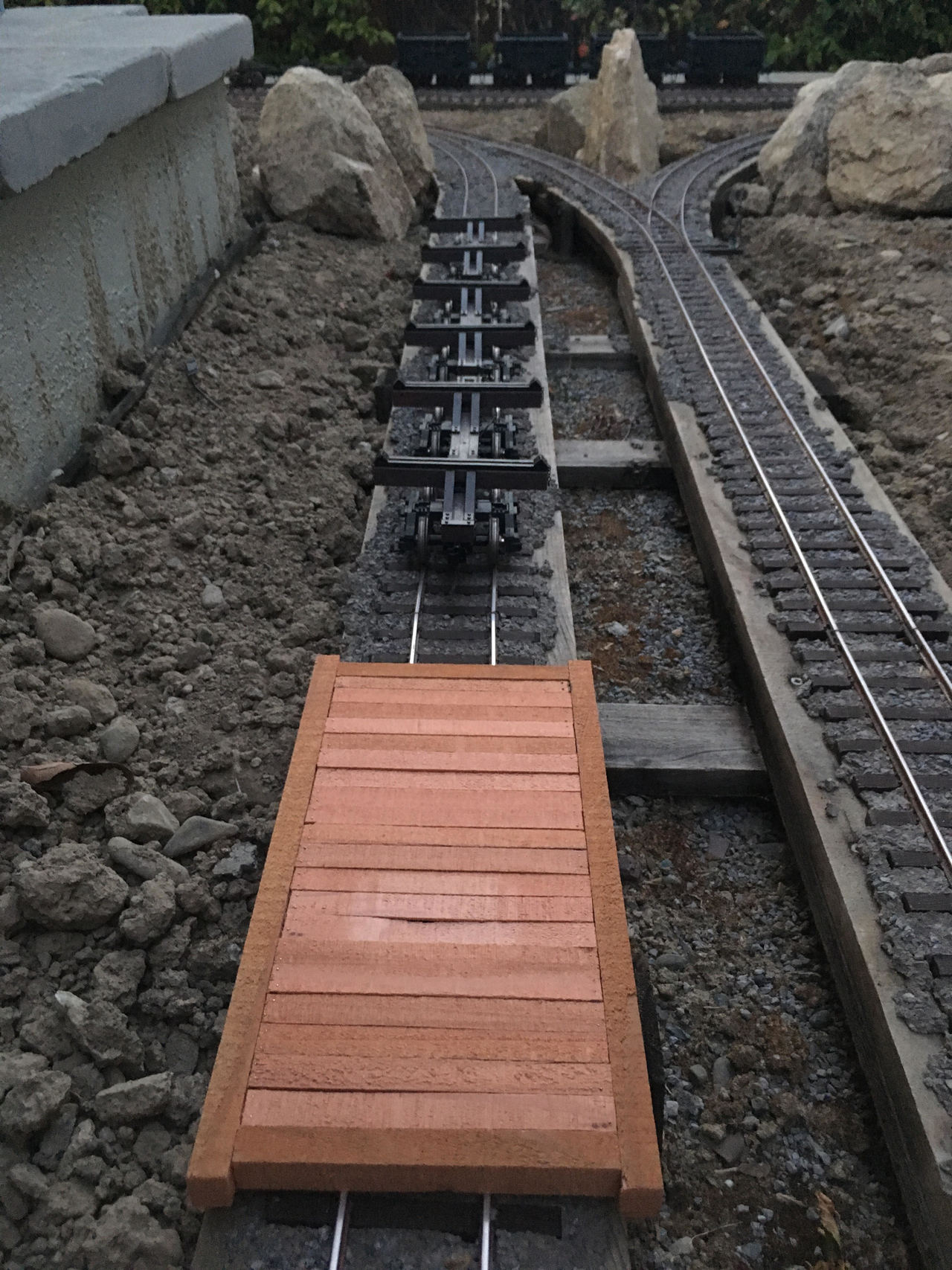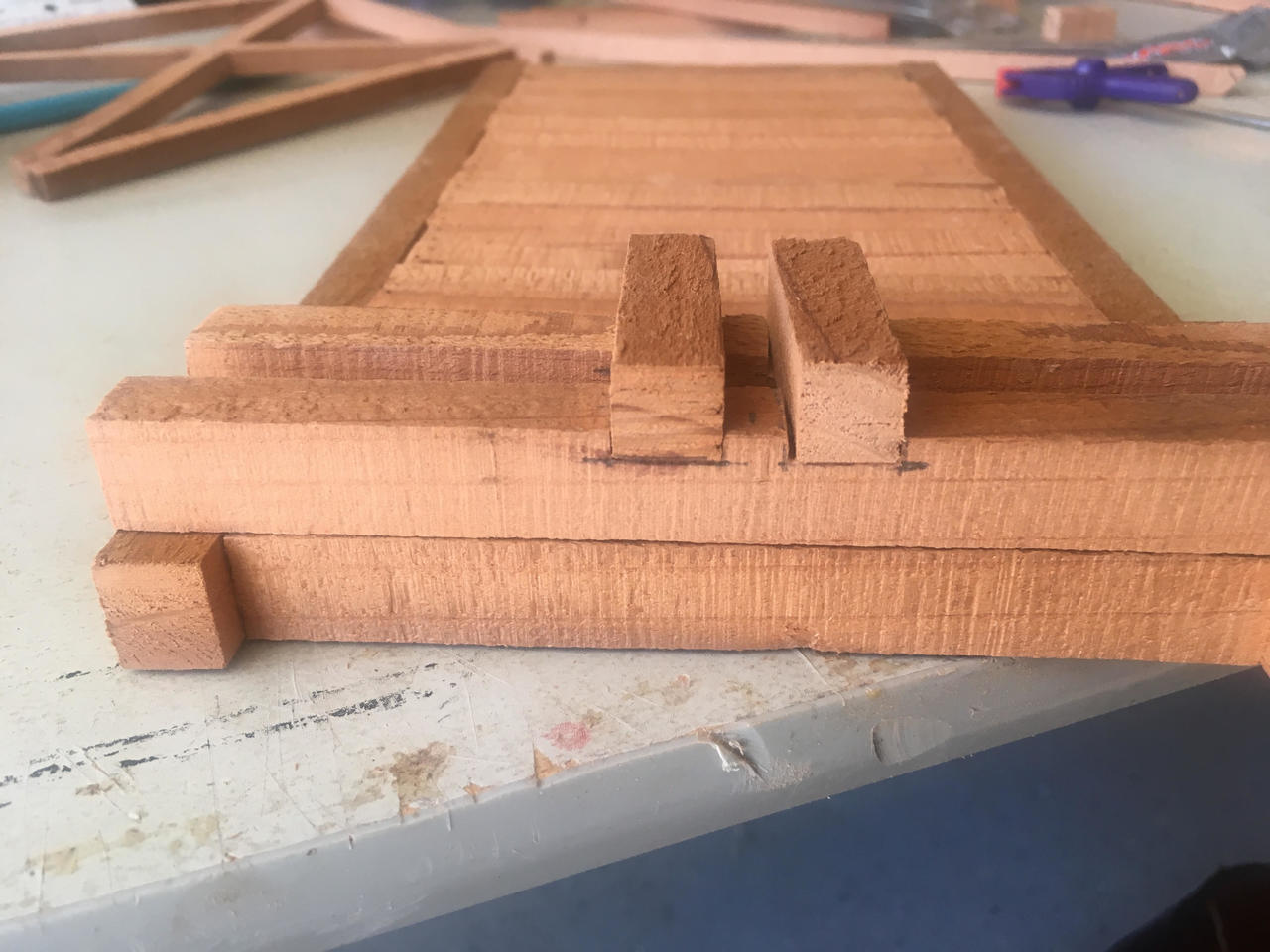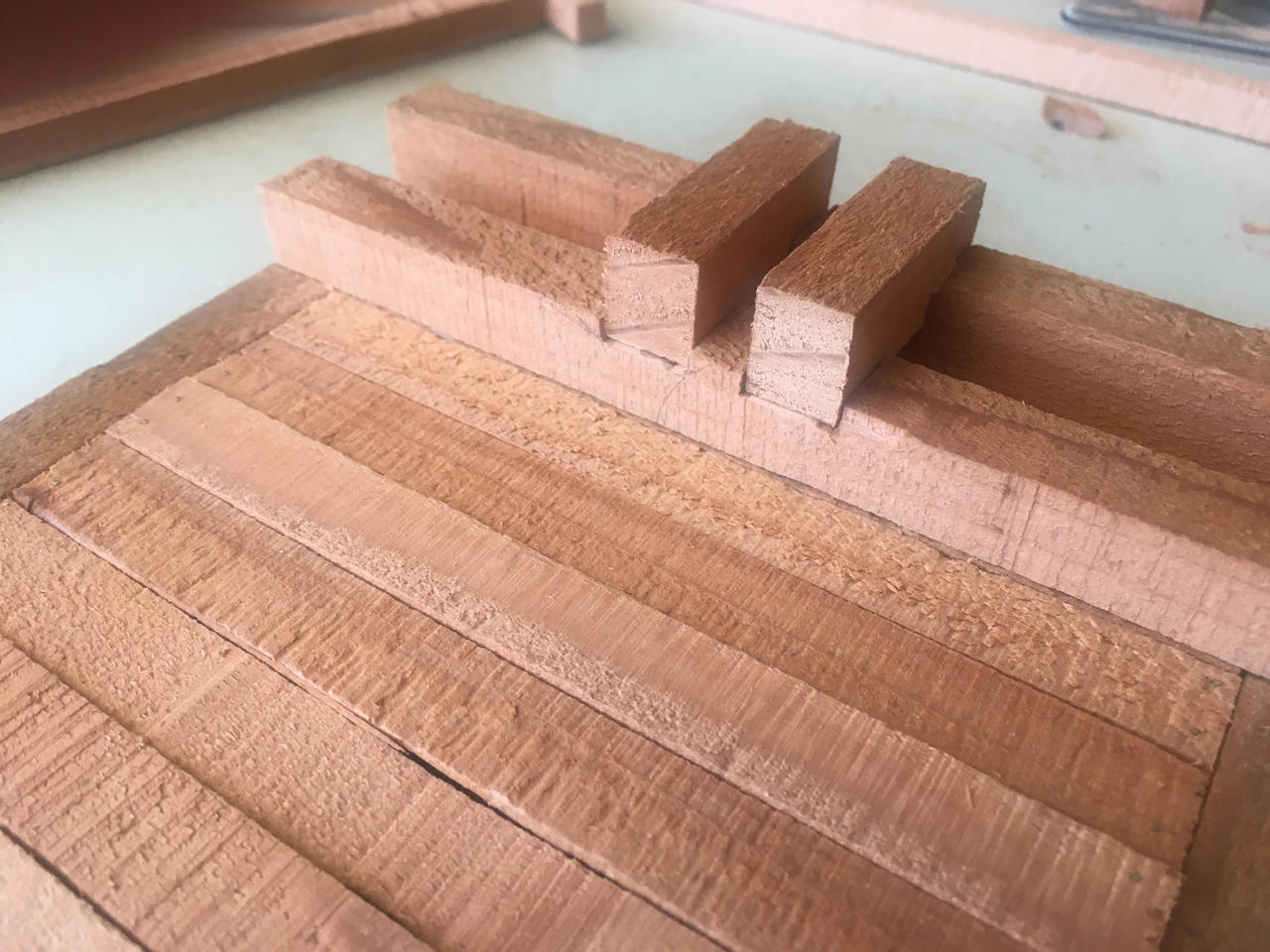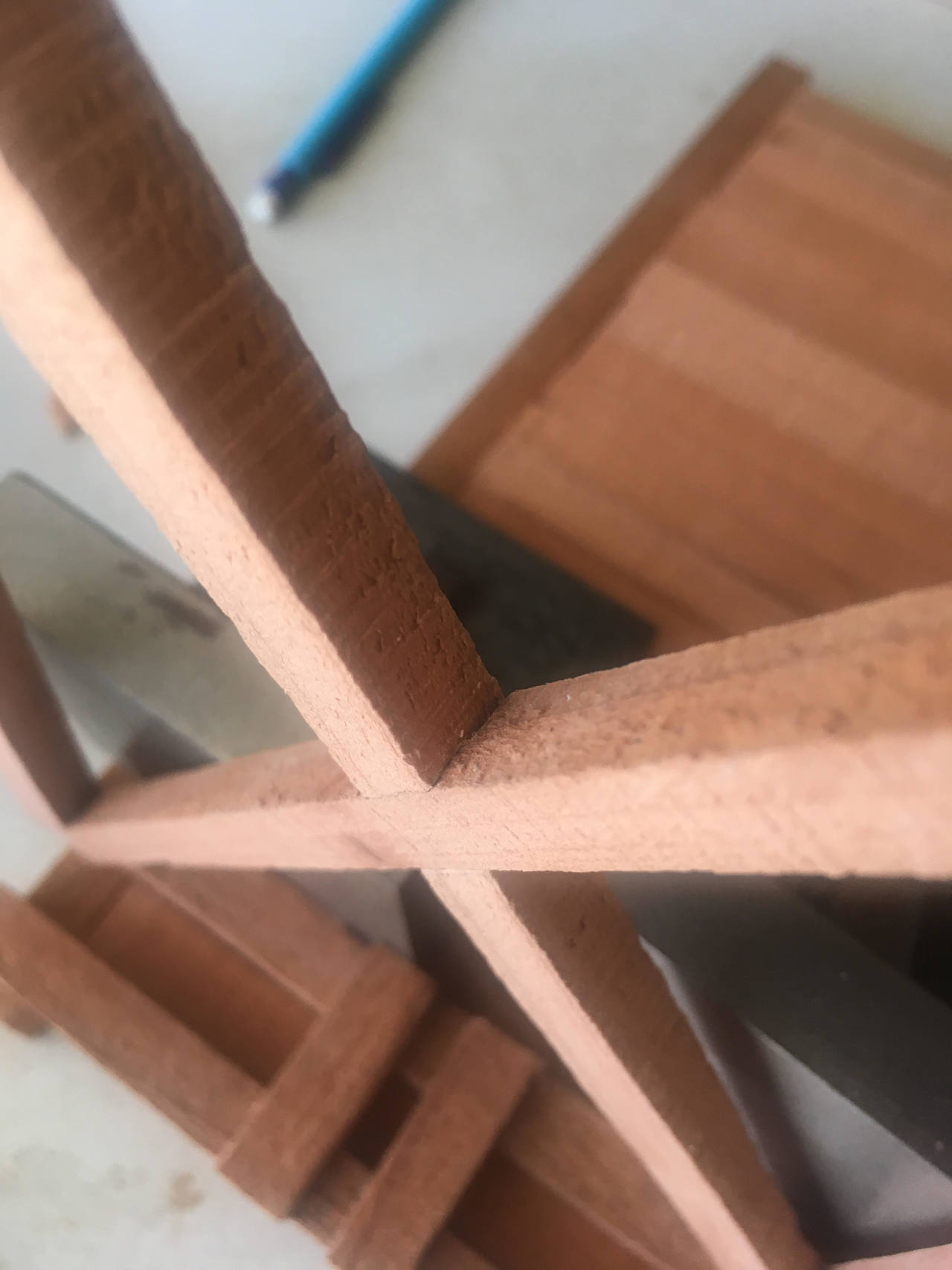Not sure if there were many or few Surry Parker loaders. The prototype picture you posted shows a short top beam so I think I’ll need to redo my crane support. This pic in particular:

I love that you are so good at (and into) finding the historical record. I find my interest to be mostly in what I think of as “caricatures” of prototypes: pulling in the most eye popping details from real historical items (online, offline buildings, rolling stock, locos, railcars, etc.) into a single model. I don’t always get that right, of course, but I am not into recreating a specific actual prototype. Not to say that you are wrong in your interests. It is a big hobby and there’s room for all kinds of approaches. Oh yeah, and I don’t care about what region of the country it was used in, if it is an eye popping example of something that illustrates an interesting and cool part of the historical record, then I’m happy to use it. I’m sure real experts will roll their eyes (not talking about you Rooster), but it’s my railroad, so I’m the one that needs to be happy :-).
However, I love having things shoved in front of my eyes, so anytime you want to share a prototype picture with me, I’m all for it. Thanks for these pointers. The bathing beauties in the Surry Parker Flickr set were entertaining too!
Cheers!







